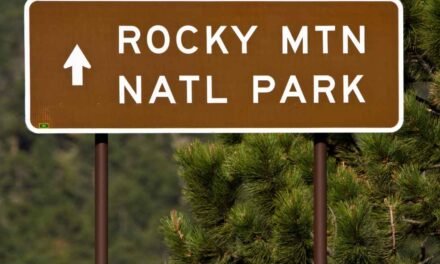Rocky Mountain National Park, located in Colorado, boasts majestic mountain ranges, diverse wildlife, and a rich human history that has shaped the landscape we see today. In this visitors guide, we will delve into the park’s human history, including its indigenous roots, the impact of exploration and settlement, and the formation and preservation of this national treasure.
Native American History
The Earliest Inhabitants
Long before the establishment of Rocky Mountain National Park, the region was home to various Native American tribes. The Ute tribe, the park’s earliest inhabitants, lived in the area for thousands of years. They roamed the mountains and valleys, hunting game, gathering plants, and developing a deep connection to the land. The Ute people’s knowledge of the region, its resources, and its challenges played a critical role in their survival and their ability to thrive in this rugged landscape.
The Arapaho and Cheyenne Tribes
While the Ute people were primarily found in the park’s western region, the Arapaho and Cheyenne tribes inhabited the eastern areas. The Arapaho tribe, in particular, held a significant presence within the park’s boundaries, using it as their hunting grounds and a place for spiritual and cultural practices. The Cheyenne people also relied on the area for hunting and gathering, and they developed a strong connection to the land.
Contact with European Settlers
As European settlers moved westward, they encountered the indigenous peoples of the Rocky Mountains, leading to significant changes in the region’s cultural and physical landscape. The displacement of native tribes, the introduction of new technologies, and the competition for resources all played a role in shaping the park’s history. Today, the descendants of these tribes continue to work to preserve their cultural heritage and maintain their connections to the land.
Historical Artifacts and Discoveries
Prehistoric Artifacts
Archaeological evidence from Rocky Mountain National Park tells the story of its prehistoric inhabitants. Tools, pottery, and other artifacts offer insights into the lives and practices of the Native American tribes that once called the area home. As researchers continue to explore the park, new discoveries are made that help paint a clearer picture of its rich human history.
Historic Structures and Artifacts
The park is also home to several historic structures, such as cabins, lodges, and ranger stations, built by early settlers and park officials. These structures provide a glimpse into the lives of those who worked to explore and preserve the park. Artifacts from the 19th and early 20th centuries, including photographs, documents, and tools, can be found in the park’s museums and archives, offering a window into the past.
Settlement and Exploration
Pioneers and Settlers
In the 1800s, pioneers and settlers began to arrive in the Rocky Mountain region, drawn by the promise of abundant natural resources and the potential for new opportunities. As they built homes, ranches, and communities, they also began to explore the vast mountain landscape. These early explorers documented their findings, helping to pave the way for the eventual establishment of Rocky Mountain National Park.
Scientific Exploration
Rocky Mountain National Park has long been a destination for scientists and researchers seeking to study the region’s unique geology, flora, and fauna. In the late 19th and early 20th centuries, geologists, botanists, and zoologists conducted extensive surveys and research, contributing valuable knowledge to our understanding of the park’s natural wonders. Their discoveries and documentation played a crucial role in raising public awareness and support for the park’s preservation.
Political Discussions and Park Formation
The Push for Preservation
As more people became aware of the beauty and ecological importance of the Rocky Mountain region, efforts to protect it began to gain momentum. Conservationists, including the famous naturalist John Muir, advocated for the creation of a national park to preserve the area’s unique natural features and biodiversity. Public support for the idea grew, leading to increased political interest in the establishment of a park.
Rocky Mountain National Park Established
On January 26, 1915, President Woodrow Wilson signed the bill that officially established Rocky Mountain National Park. The park, spanning over 265,000 acres, was created to protect and preserve the region’s stunning landscapes, unique ecosystems, and historical and cultural resources for the enjoyment of future generations. The park’s establishment marked a significant milestone in the American conservation movement and a triumph for those who fought for its protection.
Changes to Park Boundaries
Over the years, the boundaries of Rocky Mountain National Park have undergone several adjustments, with land acquisitions and transfers aimed at better protecting the park’s resources and improving its overall management. These changes have helped to ensure the ongoing preservation of the park’s natural and cultural treasures, as well as provide enhanced visitor experiences.
Infrastructure Improvements
Trail and Road Development
Since its establishment, the park has seen considerable infrastructure improvements to enhance visitor access and enjoyment. Trail systems have been expanded and maintained, allowing visitors to explore the park’s diverse landscapes and ecosystems. One of the most iconic infrastructure projects is the construction of Trail Ridge Road, completed in 1932. This scenic highway, which reaches an elevation of 12,183 feet, offers unparalleled views of the park’s mountain ranges and provides access to its many attractions.
Visitor Facilities and Services
Rocky Mountain National Park has also seen the development of visitor facilities, including campgrounds, picnic areas, and visitor centers. These amenities help make the park more accessible and enjoyable for the millions of people who visit each year. The park’s staff, including rangers, researchers, and volunteers, work tirelessly to protect its resources and provide educational and recreational opportunities for all who visit.
Conservation and Restoration Projects
Efforts to preserve and restore the park’s natural and cultural resources continue to be a priority. Projects aimed at habitat restoration, invasive species control, and the preservation of historic structures all contribute to the ongoing stewardship of this national treasure. Through these initiatives, Rocky Mountain National Park remains a vibrant and vital sanctuary for both nature and history enthusiasts.
In conclusion, Rocky Mountain National Park’s rich history, from its indigenous roots to its modern-day conservation efforts, offers a fascinating glimpse into the past and the ongoing efforts to protect this remarkable landscape. As a visitor, you have the opportunity to immerse yourself in this history, explore the park’s incredible natural wonders, and appreciate the dedication and perseverance that have made this national treasure what it is today.


